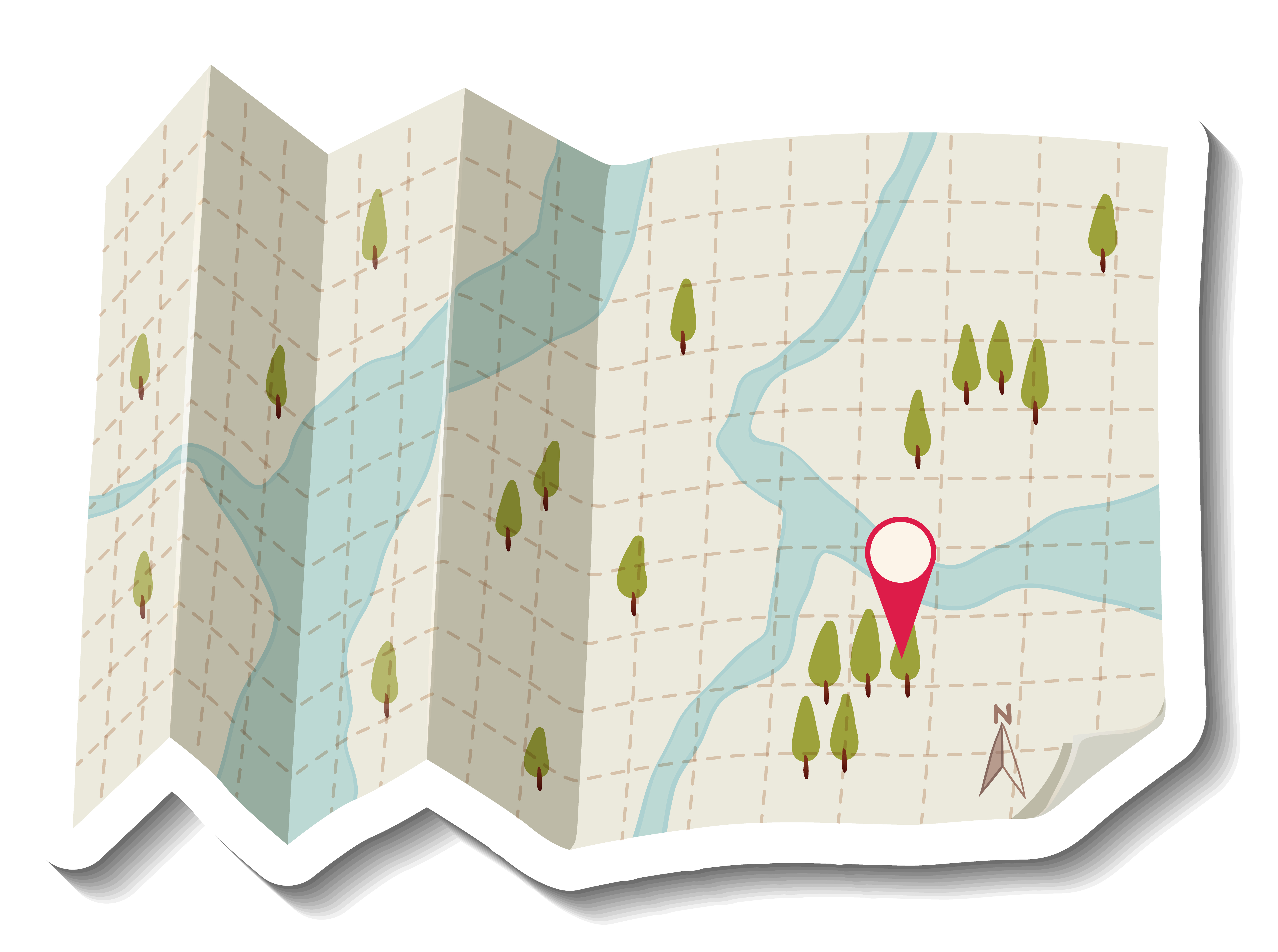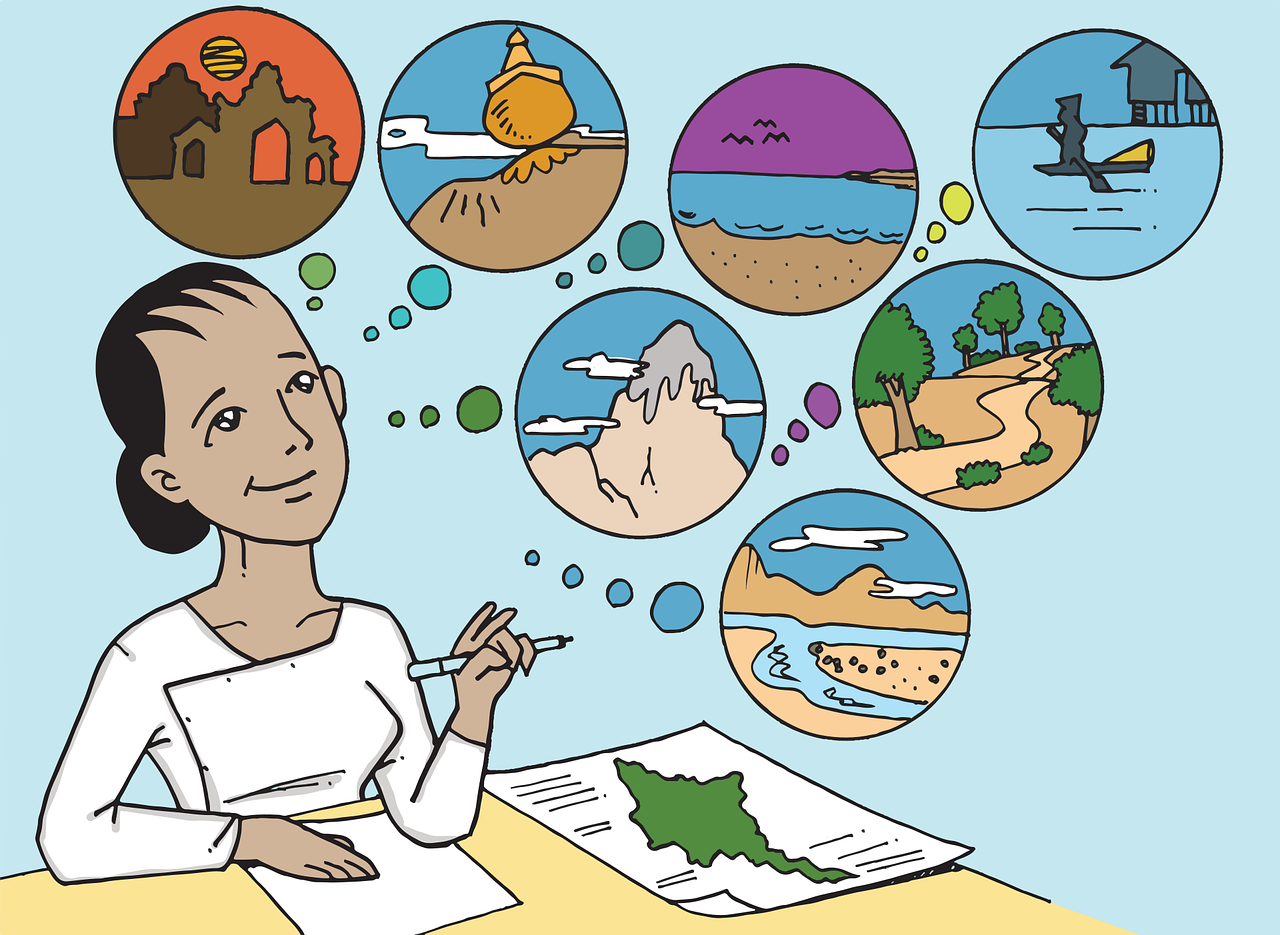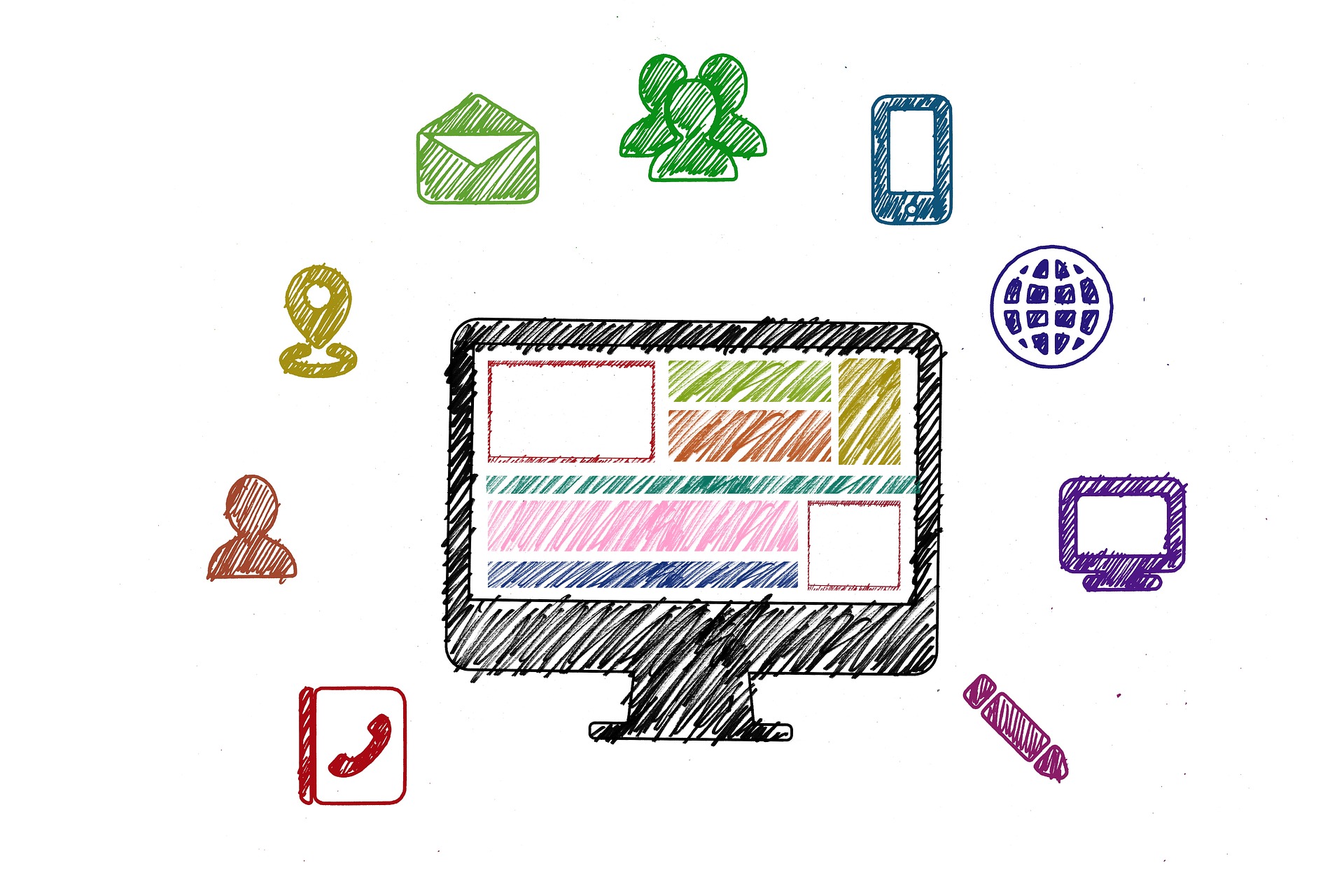
We are sure that practically all of you who are reading this like the mountain, in one way or another you approach it through the trails, ravines or steep walls, entering an isolated and sometimes hostile natural environment that is not exempt of dangers, for this reason, from the Department of Sports of Orihuela we have developed behavior guidelines attending to the most common causes that originate accidents in the mountains, so that fun and safety go hand in hand.

Choose / choose the itinerary in advance, which will lead you to avoid improvisation, as well as to change the route if you notice that it does not meet adequate conditions for your abilities.
- Mark or indicate your route on a map, this will help you to locate yourself precisely on the ground, you will be able to follow the itinerary on the map and it will allow you to find alternative or escape routes in case of any eventuality.
- Ask yourself if you have enough skills to be able to orient yourself in the environment where the itinerary takes place. Get used to following the itinerary on a map when you do it for the first time interpreting the terrain.
- Calculate the basic data of the route: unevenness, distances and times adapted to the group/athlete. Break times and 20% extra security time apply. Adapt the schedule of the activity to end up with enough hours of sun in case an incident occurs at the last minute of the scheduled activity.

We will not be able to use everything that we have not put in the backpack, prepare the equipment that you are going to need. There will be many "just in case", only training and experience will teach us to decide how far but always try to be conservative. The material can be organized in:
- Footwear and clothing. To venture into the mountains, footwear and clothing are needed to help and protect us on the ground, using a breathable inner layer, a thermal or insulating layer, whose mission is to provide heat in order to collect the moisture expelled from the first layer, and an outer layer, made up of jackets with a membrane, waterproof, breathable, and windproof, whose mission is to prevent rain and wind from passing inside, and in turn can evacuate interior moisture.
- Refreshments. Water according to the expected weather and easily assimilated food, ingesting it in small quantities and on a regular basis.
- First aid material, safety and survival. We must bring a first-aid kit, a mountain headlamp, a mobile phone with a charged battery, turned off or in airplane mode, personal documentation and a thermal blanket that is large and resistant enough to build a shelter in an emergency.

When we check the forecast, ask yourself the following questions: Is it going to rain on the route? What will be the minimum or maximum temperature? Is it going to be windy? In what direction? What relative humidity is there? Remember that for the same temperature, the feeling of cold can increase with increasing wind speed or the feeling of heat can increase with increasing relative humidity.

Before choosing the activity and before starting it, you should ask yourself the following questions: What level of difficulty does the activity we are going to do have? Are all the members of the group above the demands of the activity? Does anyone have medical conditions to consider? A simple constipation can reduce your attention span and your level of normal physical condition, or in the same case the fact that we have an allergic predisposition to certain flowering plants. The progressive approach to the activities is recommended since it helps us to know ourselves.

Think before you go out. Would I miss you or could someone help you if you were alone? And how much time do you have to receive help? Before going out to do the activity, tell someone responsible the following information:
- Date and time of departure, as well as arrival.
- Details of how to contact you directly.
- Model and registration of your car and place where you are going to park it.
- Explain the route on the map and leave the track if possible.
- If you go in a group, give them the details of the group, and when you return notify the contact person.
Click here to access the source used (SECURITY CODE FOR THE MOUNTAIN OF THE SECURITY COMMITTEE OF THE FEDME)

The best policy to act in the event of an accident is to prevent its existence. A good planning of the excursion is the privileged instrument. But, as in everything, zero risk does not exist. In that case:
Objective: to make the scene of the accident safe, both for the injured person and for us and the rest of the group.
- First of all: stop, assess the situation and ensure your own safety
- Check the safety of the environment and the rest of the group, preventing someone else from being involved in the accident.
- Protect the victim as far as possible: If there is danger and it can be moved, remove it from the accident scene.
- Check his condition (to see the seriousness and to be able to give that information on the call): is he conscious?, is he breathing?, does he answer when we speak to him?, is he oriented and coherent?, are there injuries and bleeding?
- If he is unconscious but breathing, and a possible spinal cord injury (due to a strong impact to the head or back) is not suspected, provide the lateral safety position (allows the casualty to immobilize, keep the airways open, and expel vomiting).
Objective: notify the rescue services in the fastest, safest and most effective way.
- If you have a mobile phone with coverage (even if it is not from your company) dial 112.
- If you also have data coverage (or at least coverage from your company) it will make the explanations you need to give much easier since you can send the coordinates of your position through an application.
- If you don't have coverage from any company at the scene of the accident, you should go to look for it. This will force you to separate from the victim: leave her warm and with food and water. Keep calm, separating from your partner is a hard time for everyone. By this protocol we always insist that the "safe group" in case of an accident is 3 people, as long as the injured person is only one of them, so you wouldn't have to leave a partner immobilized and alone.
- If we don't have a phone, then we will surely have to look for the nearest warning point: other hikers, a guarded shelter, a place with radio assistance... in the fastest way but without suffering setbacks: if you have an accident, you will not be able to notify yourself or for your partner.
- Provide the following information to the operator so that they can assess how to deal with the rescue (they will ask you):
- Who asks for help? Name and surname.
- What has happened? Try to describe what has happened, what is the type of accident and how it happened. The number of injured or uninjured people who need help, and the severity and type of injuries or the condition of the victim.
- When has it happened? Try to pinpoint the exact time of the accident.
- Where has it happened? Try to give the most exact location possible of the place of the incident. You can help yourself with the map that should never be missing in your backpack, a GPS or some mobile applications.
- Is there someone to be able to help? Report the personnel available to help the Rescue Group in the area of ??the accident and the material you have.
- What are the weather conditions in the area? Wind, visibility, cloudiness, snow...
- What characteristics does the area have? Describe whether it is fully or partially wooded, whether it is a clear meadow, a rocky slope that is difficult to access, a narrow ravine... etc, will facilitate the helicopter approach tasks for the pilot.
- Remember to provide all the telephone numbers and names of the personnel who are with the victim to contact them if necessary.
Objective: care for the victim based on our knowledge of first aid. For this, it would be more than desirable for all of us to take first aid courses and refresh them periodically: this difference can save lives.
- If you don't have knowledge in first aid, just don't move it or do it as little as possible to guarantee its safety (PROTECT)
- In the event of head or spinal cord injuries, immobilize the injured person and don't remove his helmet if he is wearing it.
- Relief measures must respond to an order according to the severity of the injuries:
- Maintain vital functions, and if necessary perform CPR resuscitation maneuvers.
- Avoid aggravating possible injuries if we suspect a spinal cord injury because he refers pain, paralysis, or if he is unconscious but has suffered a strong impact to the head or back).
- Apply the first aid corresponding to each problem: it requires a minimum knowledge and having or improvising certain materials. A first-aid kit will be very useful.
- Monitor the appearance of hidden injuries, especially internal bleeding that arises after the accident. We must periodically control the state of consciousness and evolution of the injured person.
-
But above all REMEMBER
- We must shelter the wounded so that they do not lose heat, even in summer.
- Stay calm and try to encourage and reassure the injured person. Hold out your hand and talk to him calmly. The victim also needs this other “heat”.
- Be patient, help always comes.
There are two systems to go to:
- General: 112, is the one that deals with all kinds of alerts and collects both those that occur in the natural environment and in the urban environment.
- Mountain specific: variable according to the territory where the activity is carried out. In some parts of Spain it is the "Guardia Civil" of Mountain, in others the Fire Department of the Autonomous Community. The corresponding number according to territories must be written down.
The telephone in the natural environment must be reserved to obtain information and for an emergency. It may be the case that when it is necessary to use it and we have coverage, the battery has run out, making it impossible to use. This is usually for one of these reasons:
- In areas with discontinuous or no coverage, the phone from time to time spends battery looking for it, running out of it.
- On smartphones, the multiplicity of loaded functions produces the same effect, whether or not you are in coverage.
Therefore, go with the phone turned off or in airplane mode. And activate it when it can provide you with a service: information about a point, identification of your location on the route, rectification of its course if you have strayed off the road or emergency calls.
- Take advantage of the time while you wait for her arrival to prepare her. This is what is called “active waiting”.
- Stay located to expand the information or guide the helicopter.
- Choose a point for the rescue avoiding large inclinations and free of obstacles.
- Mark the area so that it is visible from the air. Place a windsock, a T-shirt or a plastic bag on a pole to indicate the intensity and direction of the wind.
- Group the material. Light objects could fly away creating a dangerous situation. If you bring pets hold them, they will get nervous.
- When you are about to land: helps to perform a quick and safe maneuver.
Once the helicopter is visible make the international distress signal. Hold a T-shirt or plastic bag in one of your hands to indicate the intensity and direction of the wind.
During landing, remain crouched in front of the helicopter, at a safe distance, shielding your eyes to prevent dirt or other types of particles from entering and holding on to a helmet or cap if you are wearing it. Stay like this until the crew tells you.
NEVER go near the tail rotor, and follow the crew's instructions to board the helicopter:
- ALWAYS one at a time and from the front or side of the helicopter (in view of the pilot), never from behind.
- Carry all the material in a horizontal position (canes, skis, backpacks…).
- NEVER approach or move away from the helicopter from the uphill side of a hill.
- Once inside, sit as the pilot tells you and follow his safety instructions.
- NEVER land without authorization.
- If no one tells you otherwise, when going down, STAY STILL AND LOWERED to the side of the helicopter.
Source used: FEDME AND SECURITY MOUNTAIN
Tel. 96.607.61.00 Ext. 3400
Tel. 96.673.77.20
email: deportes@orihuela.es
Departamento de Administración
Tel. 69.955.52.74
email: deportes.orihuela@vectoris.es
Tel. 96.607.61.00 Ext. 3411
email: deporteescolar@orihuela.es
CDM Playas de Orihuela
Tel. 603.749.826
email:recepcionorihuela@vectoris.es
